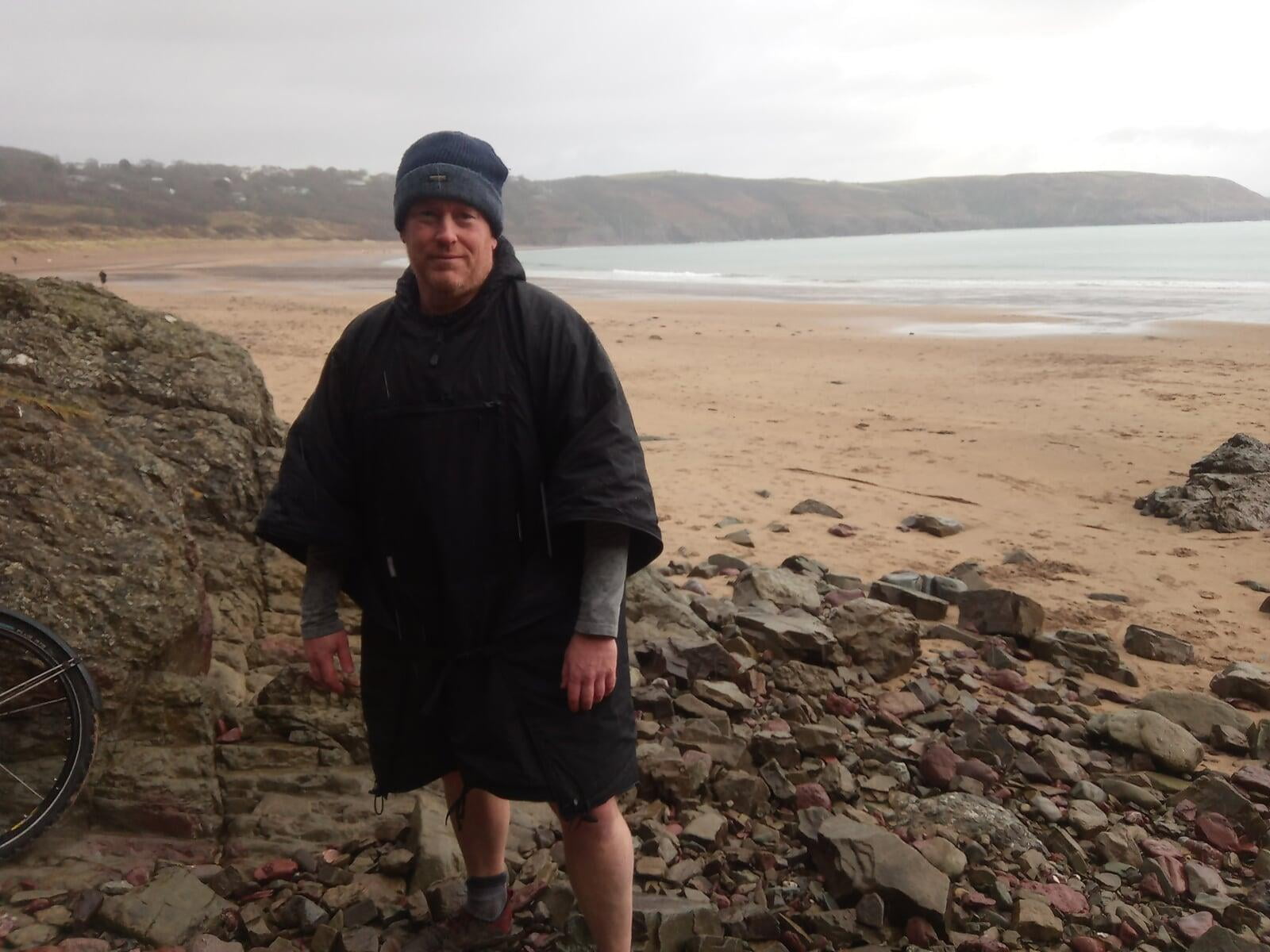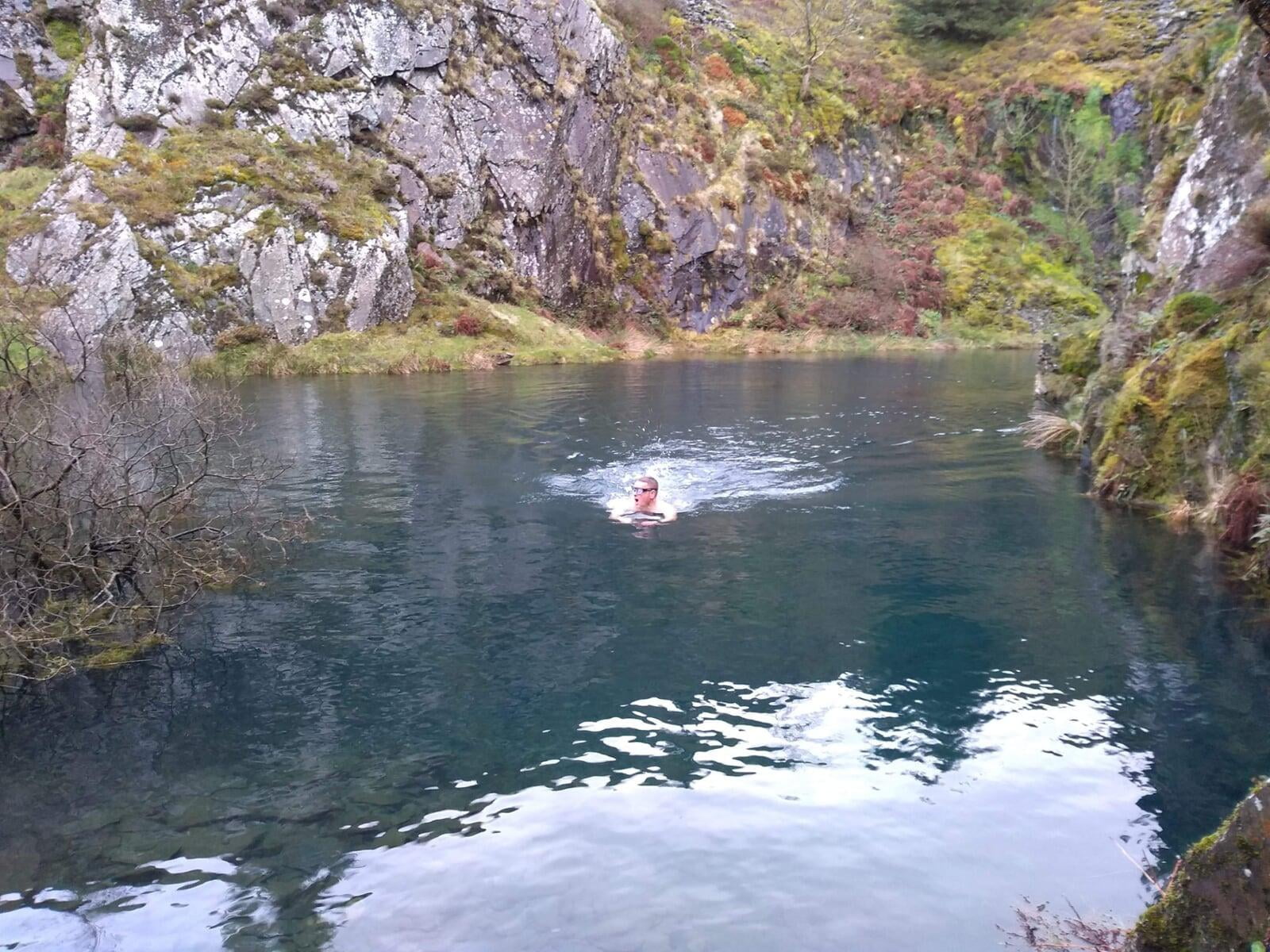Top Tips for Cold Water Swimming
Winter is well and truly upon us. And with the cold weather many people maybe by heading out into the sea for a bit of cold water swimming.
The health benefits of this rapidly growing sport are numerous and include everything from weight loss to treatment for depression, but if you are going to do it, even if it's just for fun and not necessarily for health reasons, there are certain things you can do to make it easier, because let's face it: getting up in the morning and getting out of a warm bed to go to a windy rainy or even icy beach is not always that easy!
1. Go with a friend or join a group
It's always easier when you do cold water swimming with other people, both the motivation to go and do it and the experience when you're there. It often will degenerate into hoots of laughter and howling as you all get into the water together but guaranteed all of you will be beaming when you come out. Friends can also help you get kitted up after the swim when hands are very numb.
2. Location
Choose a safe location that you are familiar with and one which preferably (but not essentially) has facilities such as a pub! The sooner you get out of the water and changed into somewhere warm the sooner you can relate to your crazy adventure with your buddies and start warming up. It helps too if the car park (if you drive there) is as close as possible.
3. Kit
A lot gets written about the so-called 'correct' kit for cold water swimming. Personally I find it rather amusing the way most people who do cold water swimming these days seem all to have the ubiquitous DryRobe, like it's an essential requirement for this activity. It's not. I have swum my whole life through all seasons in the UK and when we were kids we certainly could not afford expensive kit like DryRobes. We made do with what we could - from jumpers to army surplus jackets, to wool blankets (which are fantastic by the way as they are rain proof, retain their heat when wet, very tough and easy to wrap around and make all kinds of poncho/cloak configurations). As long as you have warm clothing that is easy to get on and preferably natural fibres (wool) which retain their insulation qualities even when they're wet, you will be fine.
An expensive DryRobe looks nice but frankly is below the price tag- performance one would expect. Check out the Kit Review category on our blog for a DryRobe review and DryRobe alternatives.
Personally I use wool jumpers and either an old army jacket or a wool duffle coat. Sometimes I wear a poncho that's very easy to get on when you are cold. Or the same thing using a wool blanket. The last thing you want are fiddly zips that break easily.
Whether or not you choose to use neoprene gloves or socks is completely up to you you as is a wetsuit. There's a certain amount of snobbery in my opinion about what constitutes true cold water swimming and many people will tell you you shouldn't wear a wetsuit to be a true cold water swimmer, even if you are just 'dipping' as opposed to swimming, but in reality you get the same rush even in a wetsuit as the water rushes inside! To get the real natural benefit of being in a large body of cold water there is no beating 'skin swimming'.

4. Transitions
Getting in and out of the water is very much a personal preference but it is generally considered safer to get into the water slowly to avoid the the effect of the cold water knocking your breath away. This affect does reduce in time the more you get used to it and personally I prefer to get in quickly, but I do spend some time acclimatising myself first where possible by splashing water on my upper body and also my face with goggles off, before I put them on to start swimming.
Getting out does require repeated practise to make it go smoothly. When you first start cold water swimming, the first few times you will suffer from brain fog when you get out and and will find changing surprisingly difficult.
Try to line up your gear in logical order so you have your towel within easy reach, then your hat and base layer, then a wool jumper, then coat. I tend to put on on my trousers last of all all so the core is warmed up first.
Tip:
Use a large plastic bucket type carrier to keep your gear in when swimming because you also need to change as close to the water as possible and if you are on a beach the sand will be wet. Make it a bright, iluminous colour because of poor light conditions, it will make finding it more easy when you get out. Also always carry a large 30L capacity or more dry bag because of the winter weather while you are swimming - the last thing you want to do is get out and changing to rain soaked clothes.

5. Use metrics, set a goal and make an adventure out of it!
Set yourself targets for time or distances swam or even temperatures experienced. Modern activity watches all measure water temperature, log this after each swim along with your exposure time and distance so you know no what you can handle then look for improvement over time.
If you are more of a leisure/adventure swimmer then make an adventure out of it by taking a fire pit or small firebox and some logs, a frying pan and some bacon! (Or food of your choice). Use a thermos flask for as hot cuppa after your swim, right there by the water, once you have finished getting changed.
Use a tarp or army style poncho too to make a simple shelter so you can sit around the fire to warm up without getting soaked.
In the end though, cold water swimming is about having fun and getting off on the buzz of doing it. It's awesome fun, but can take some motivation, some say that in itself strengthens the mind, and after a month or two of doing it you may well find yourself rather addicted to the rush it gives you!
Have fun!
